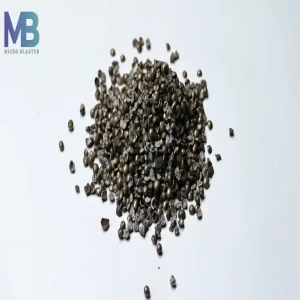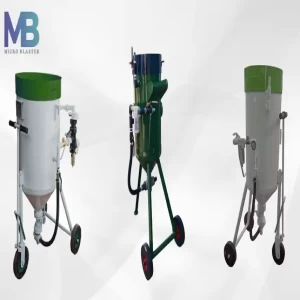Search

HVOF Coating for Rams
Engine parts like rams can have coatings applied to them using a method known as high-velocity oxygen fuel (HVOF) coating. Rams are often used to describe hydraulic rams or piston-cylinder combinations that are employed in a variety of industrial applications.

Engine parts like rams can have coatings applied to them using a method known as high-velocity oxygen fuel (HVOF) coating. Rams are often used to describe hydraulic rams or piston-cylinder combinations that are employed in a variety of industrial applications. HVOF gun coating entails the high-velocity, combustion-process spraying of a combination of powdered materials, such as metals, alloys, ceramics, or cermets, onto a substrate.
High-velocity oxygen fuel coating is a technique that may be used to coat engine components like rams. In a number of industrial applications, hydraulic rams or piston-cylinder combinations are frequently referred to as "rams." HVOF coating involves spraying a mixture of powdered materials, such as metals, alloys, ceramics, or cermets, onto a substrate at high velocity and using a combustion process.
To achieve appropriate adherence to the coating, the surface of the component to be coated (such as a ram) is cleaned and prepped. The coating material of choice is typically in powder form. It is introduced into a combustion chamber together with a stream of oxygen at high pressure. In the combustion chamber, the oxygen and the powder are ignited. High-temperature, high-velocity gases are produced as a result of the chemical reaction. The powder particles are carried out of the combustion chamber by the hot gases that are moving at supersonic speeds. At extremely high speeds, the powder particles strike the surface of the substrate (in this example, the ram). When the particles hit the substrate, they flatten out and stick to it, creating a thick, tightly bonded layer.
For parts like rams that endure friction and movement, the thick and firmly adherent coating improves the surface's capacity to resist wear and abrasion. For components working in challenging conditions, HVOF spray gun coatings can offer exceptional corrosion protection. Thermal barrier qualities in some HVOF coatings enable components to withstand high temperatures without suffering considerable damage. The operating life of worn-out or damaged components can be increased by using HVOF coatings to return them to their original dimensions. The altered surface qualities of coated rams can result in less friction, increased effectiveness, and enhanced performance.
It's significant to remember that the selection of coating material is based on the particular needs of the application. For HVOF coatings, substances like tungsten carbide, chromium carbide, and other nickel-based alloys are frequently employed. HVOF coating is a specialist procedure that calls for knowledge and accuracy. Factors including powder particle size, combustion settings, and substrate preparation affect the coating's quality. Working with seasoned experts or businesses that specialize in HVOF coating is therefore essential for getting the best results.
Advantages of HVOF coating for Rams
Rams are frequently moved about and in touch with various surfaces, which causes wear and abrasion. HVOF coatings considerably increase the surface of the ram's wear resistance and lengthen its operating life thanks to their thick and strong composition. The surface hardness of the ram can be greatly increased by HVOF coatings. This increase in hardness helps the ram endure mechanical stress and resist deformation. Rams may function in settings where regular exposure to moisture, chemicals, or corrosive materials occurs. HVOF coating can act as a strong barrier against corrosion, halting the gradual deterioration of the ram's surface.
Friction between the ram and other mating surfaces can be lessened thanks to the even, smooth surface that an HVOF coating provides. This decrease in friction reduces energy losses and wear while simultaneously increasing the effectiveness of the ram's movement. Rams can become worn out with time, which can compromise their dimensional accuracy.
Applications of HVOF Coatings
- HVOF coating can be used to restore the ram's original dimensions, increasing its lifespan and preserving its appropriate operation. Rams operate best when their combination of better wear resistance, less friction, and improved corrosion prevention is used. Rams that have been coated are more dependable, require less regular maintenance, and can operate consistently for a long time.
- Certain HVOF spray coatings can offer thermal barrier qualities in applications where temperature swings are an issue. Through thermal insulation, these coatings shield the ram from thermal stress and subsequent deformation. HVOF coatings can be applied using a variety of metals, alloys, ceramics, and ceramics, among other materials. Due to its adaptability, rams may be used in a variety of applications, allowing you to choose the best coating material for each one.
- In contrast to conventional repair or replacement techniques, applying an HVOF coating on a ram may frequently be completed rather fast. Lowering downtime and manufacturing hiccups can boost overall operational effectiveness. HVOF coatings provide long-term cost benefits by increasing the life of rams and reducing the need for frequent replacements or repairs.

